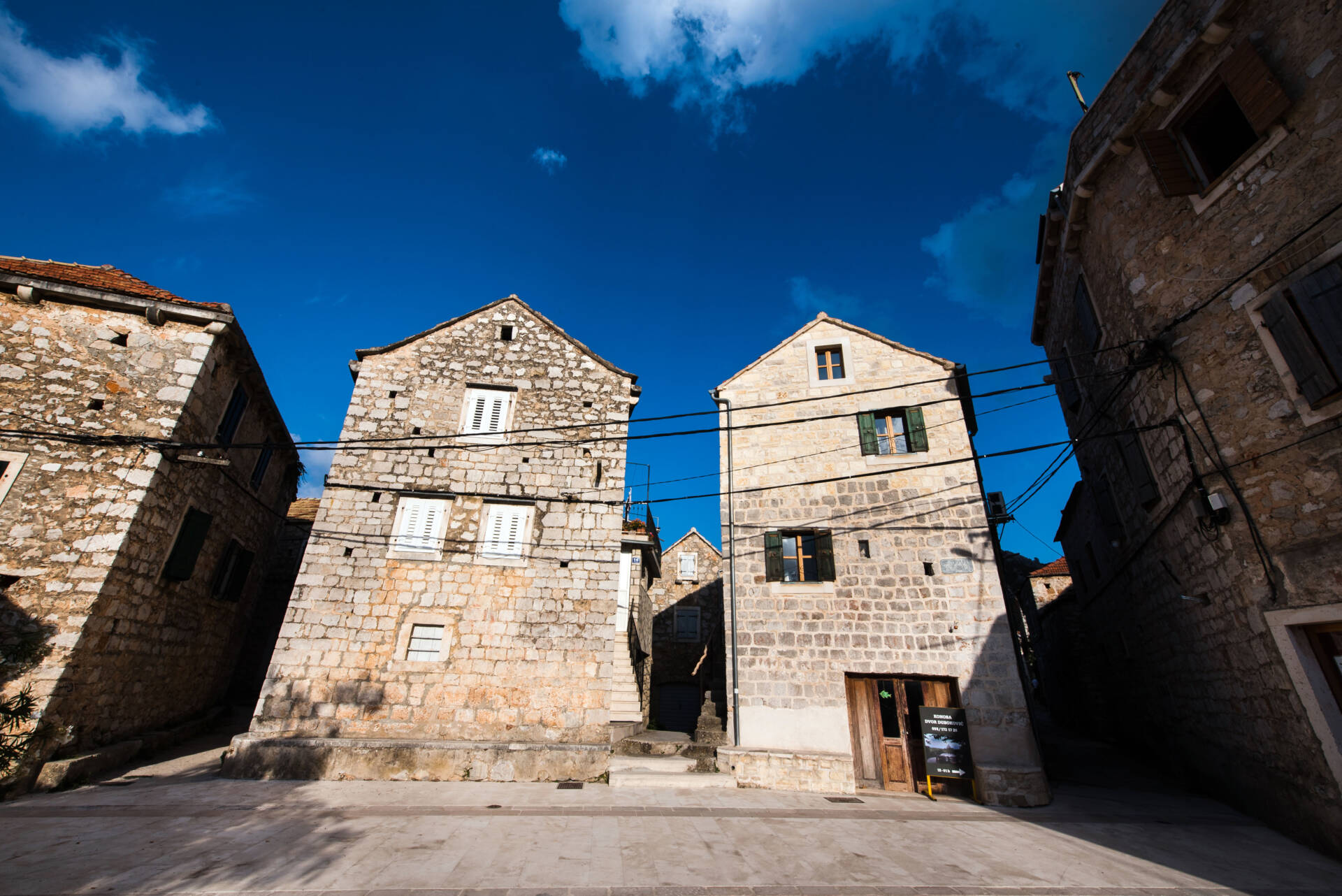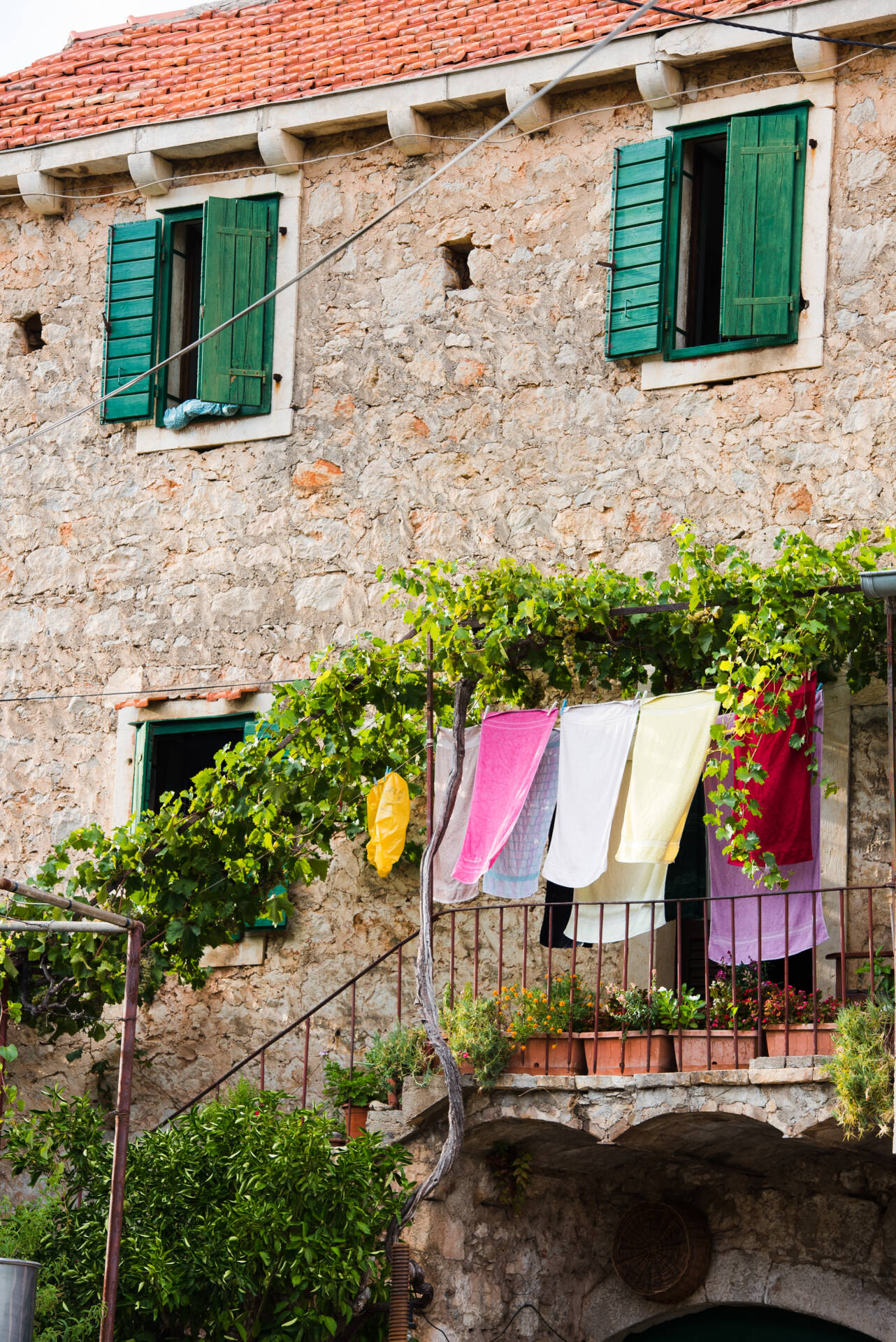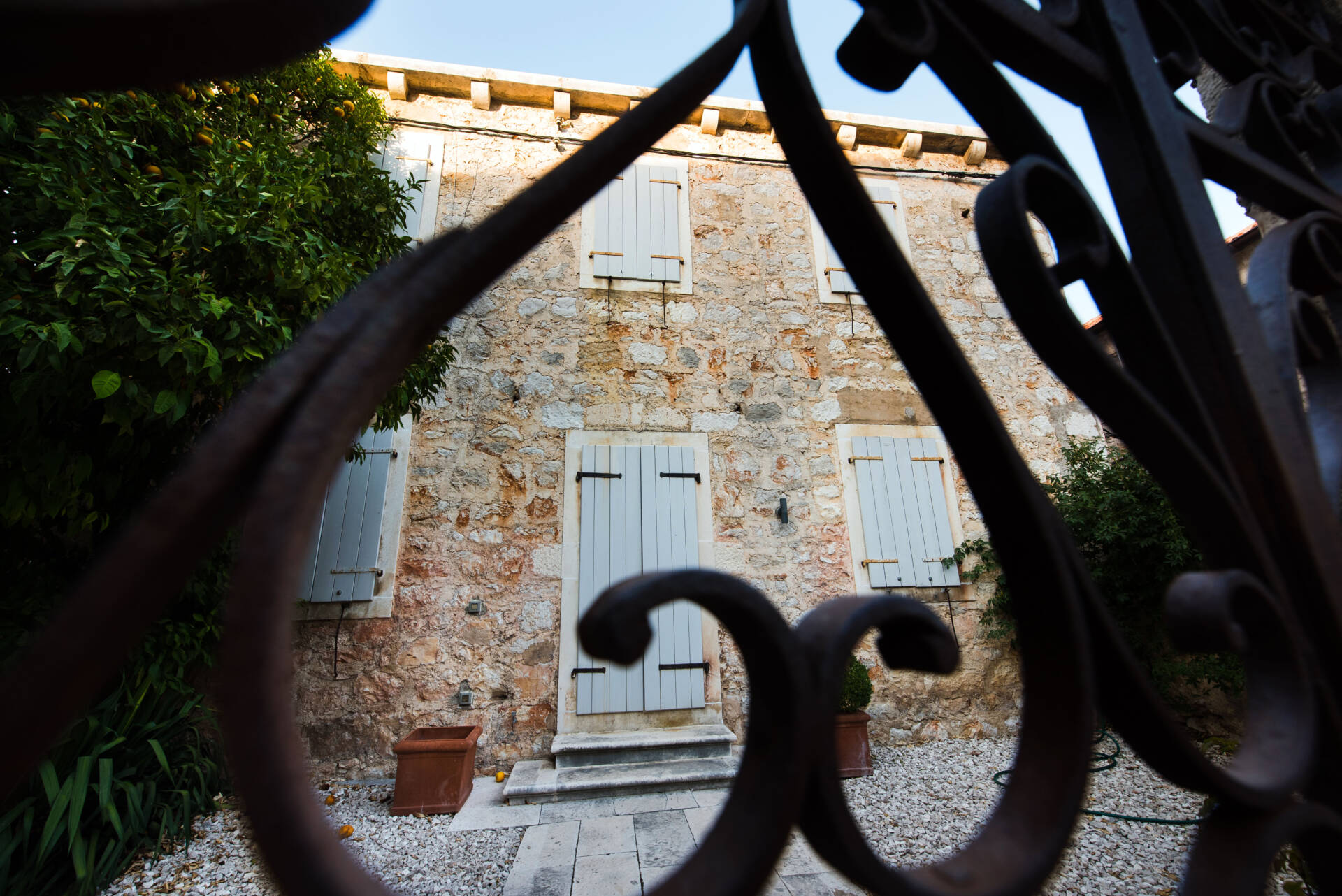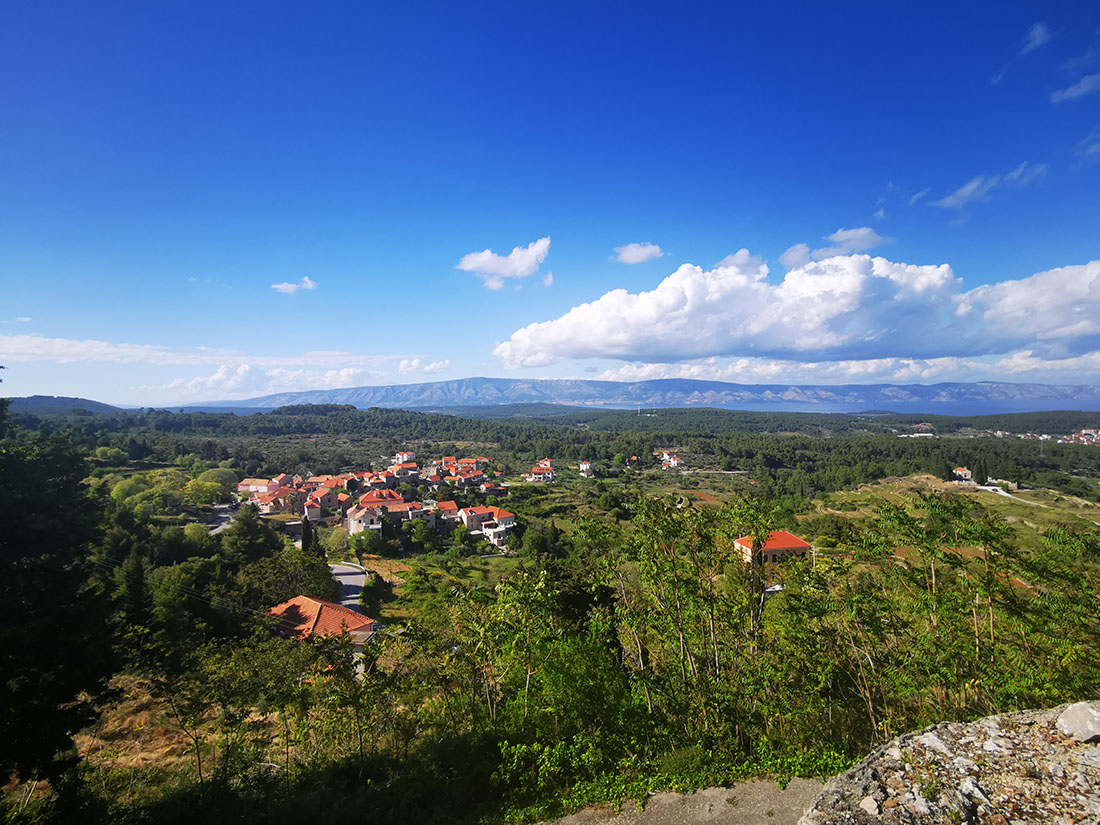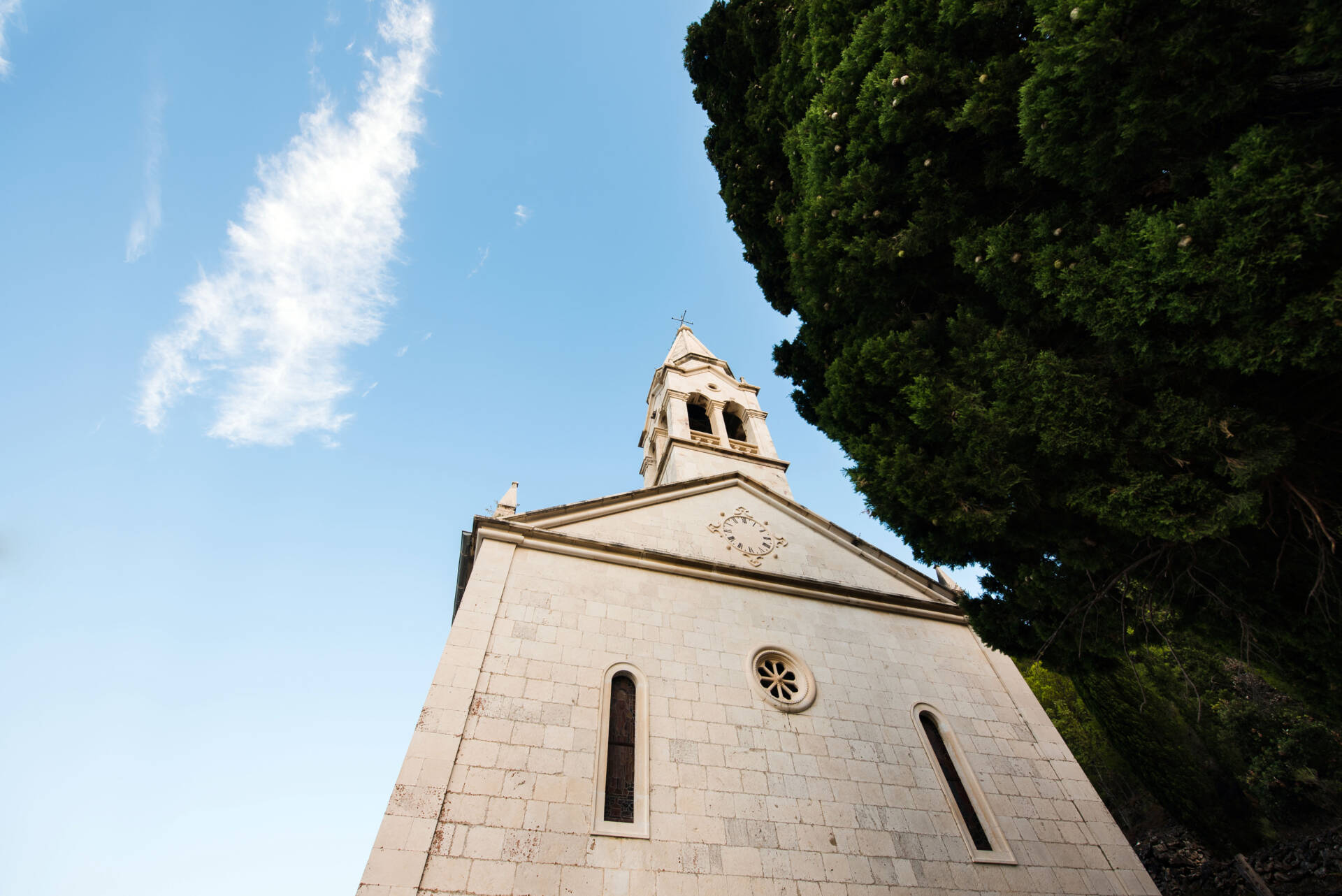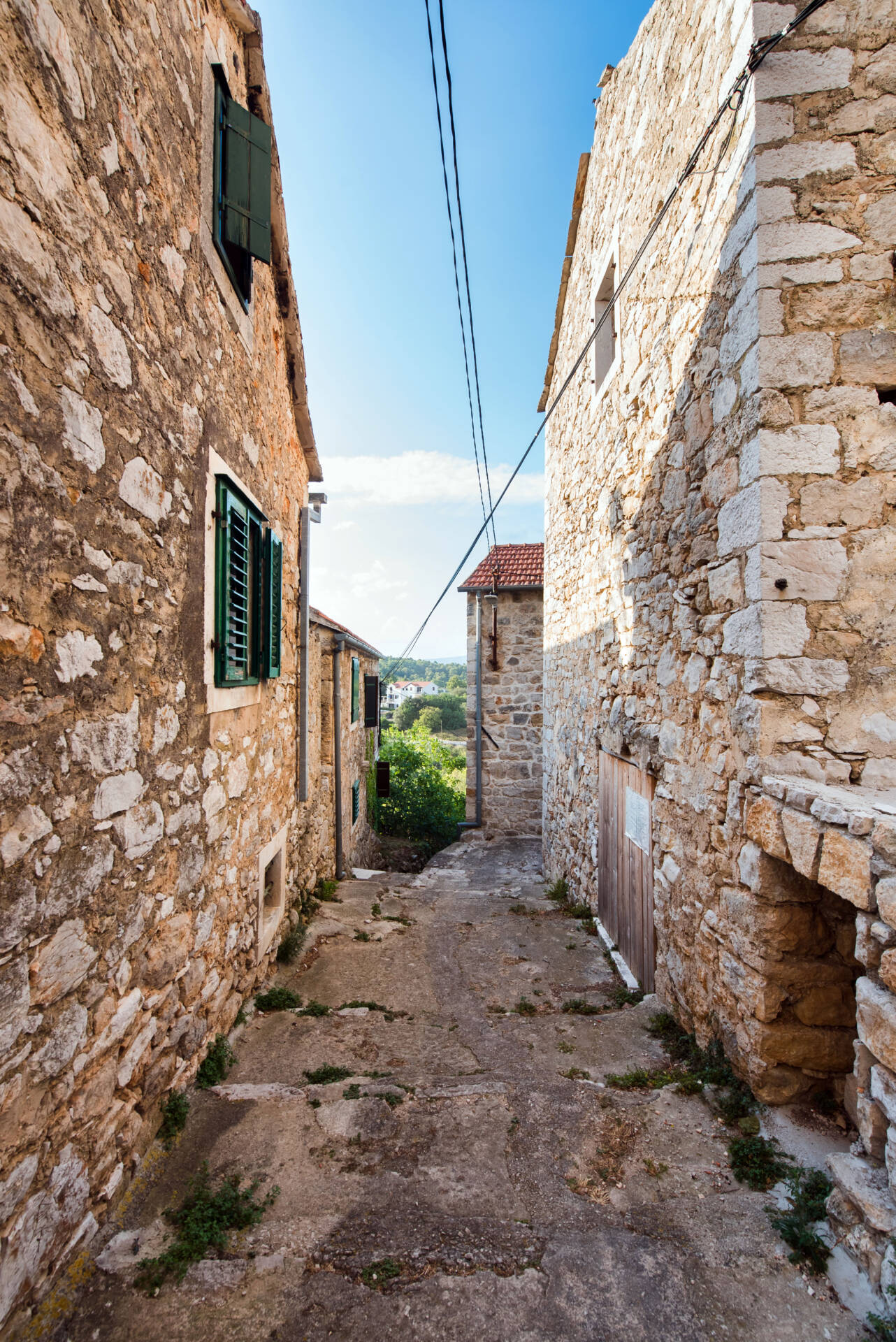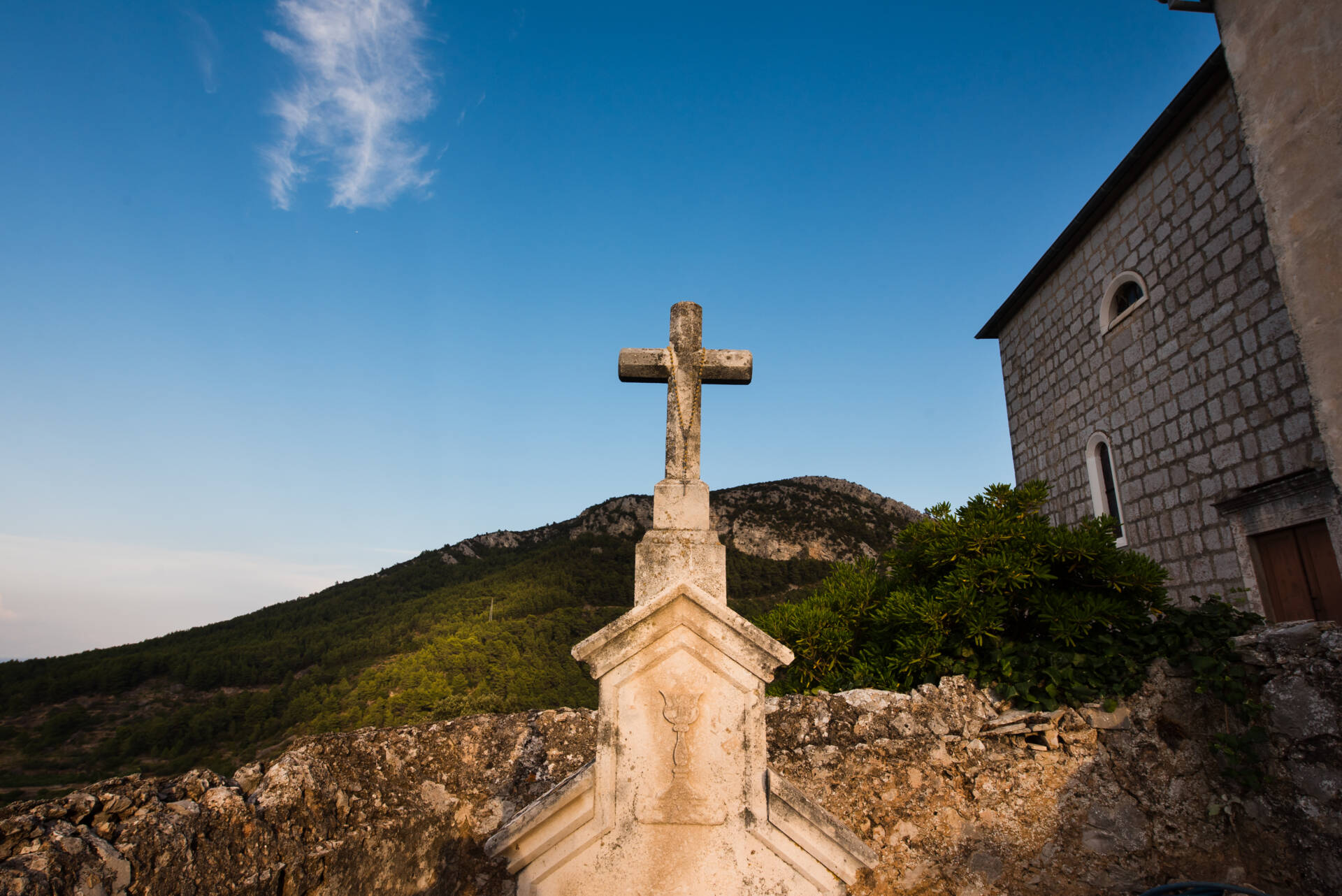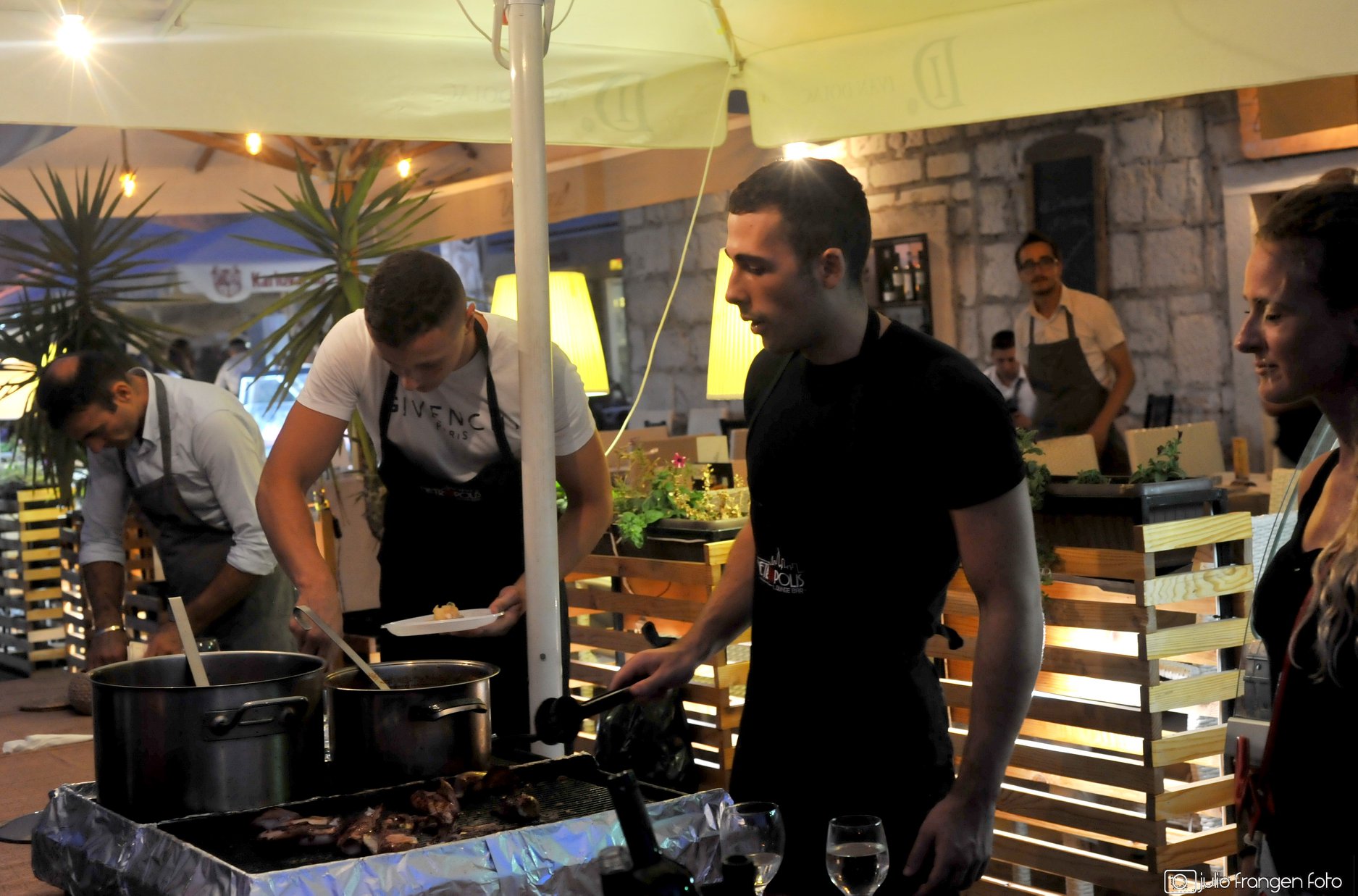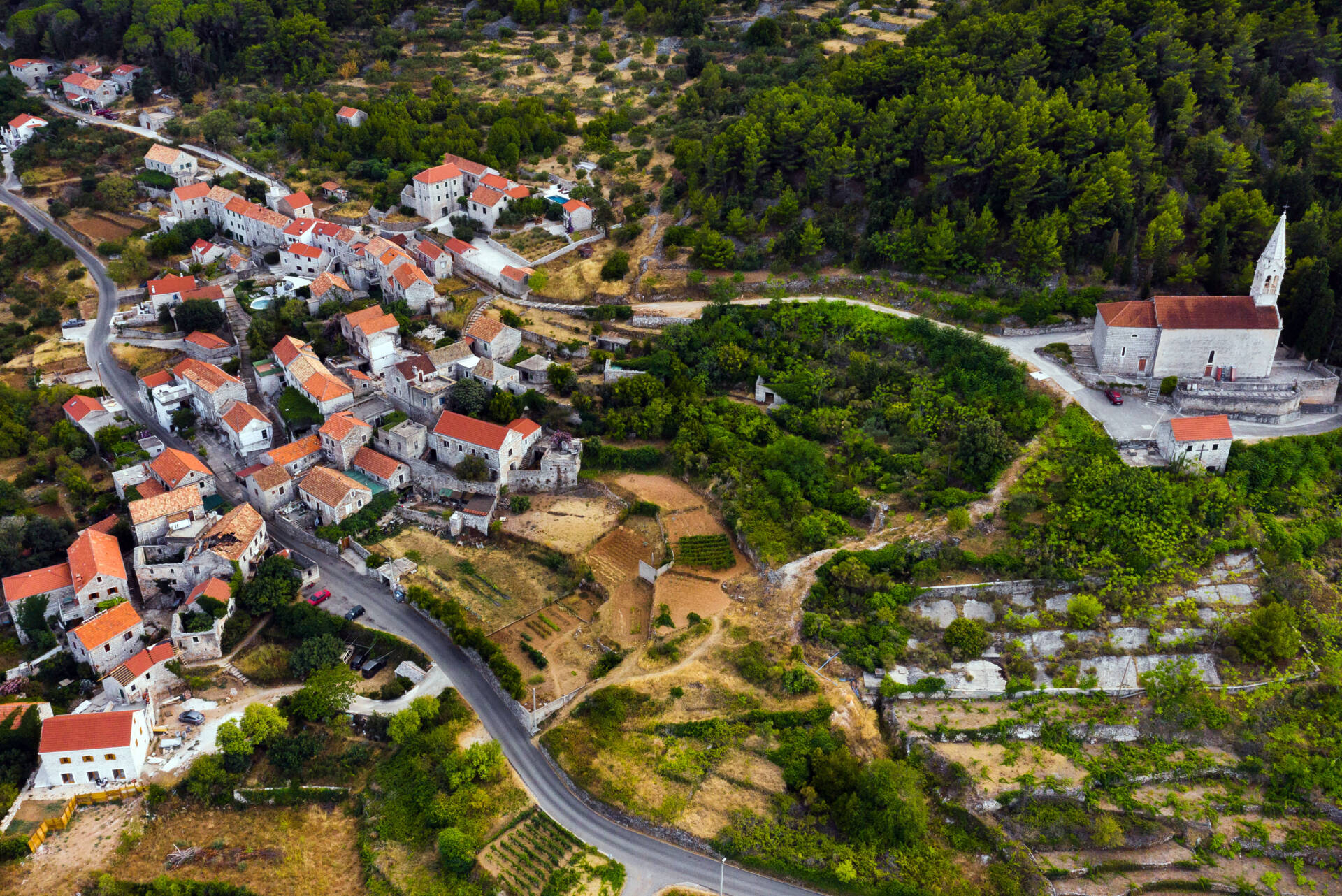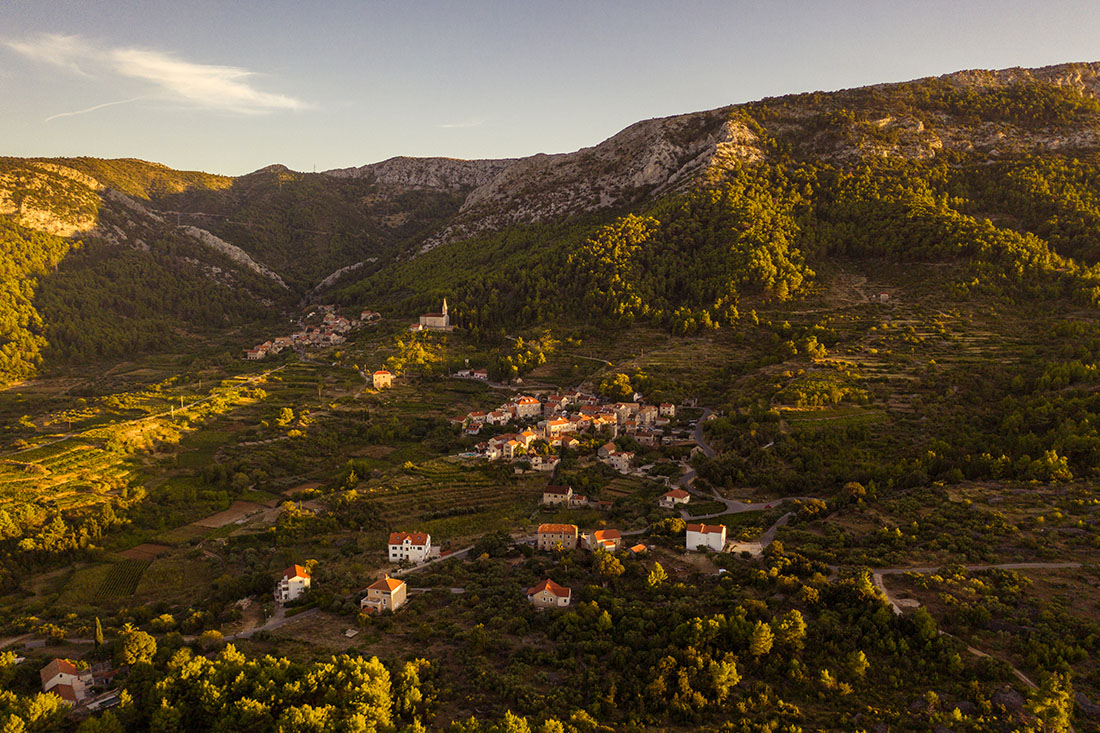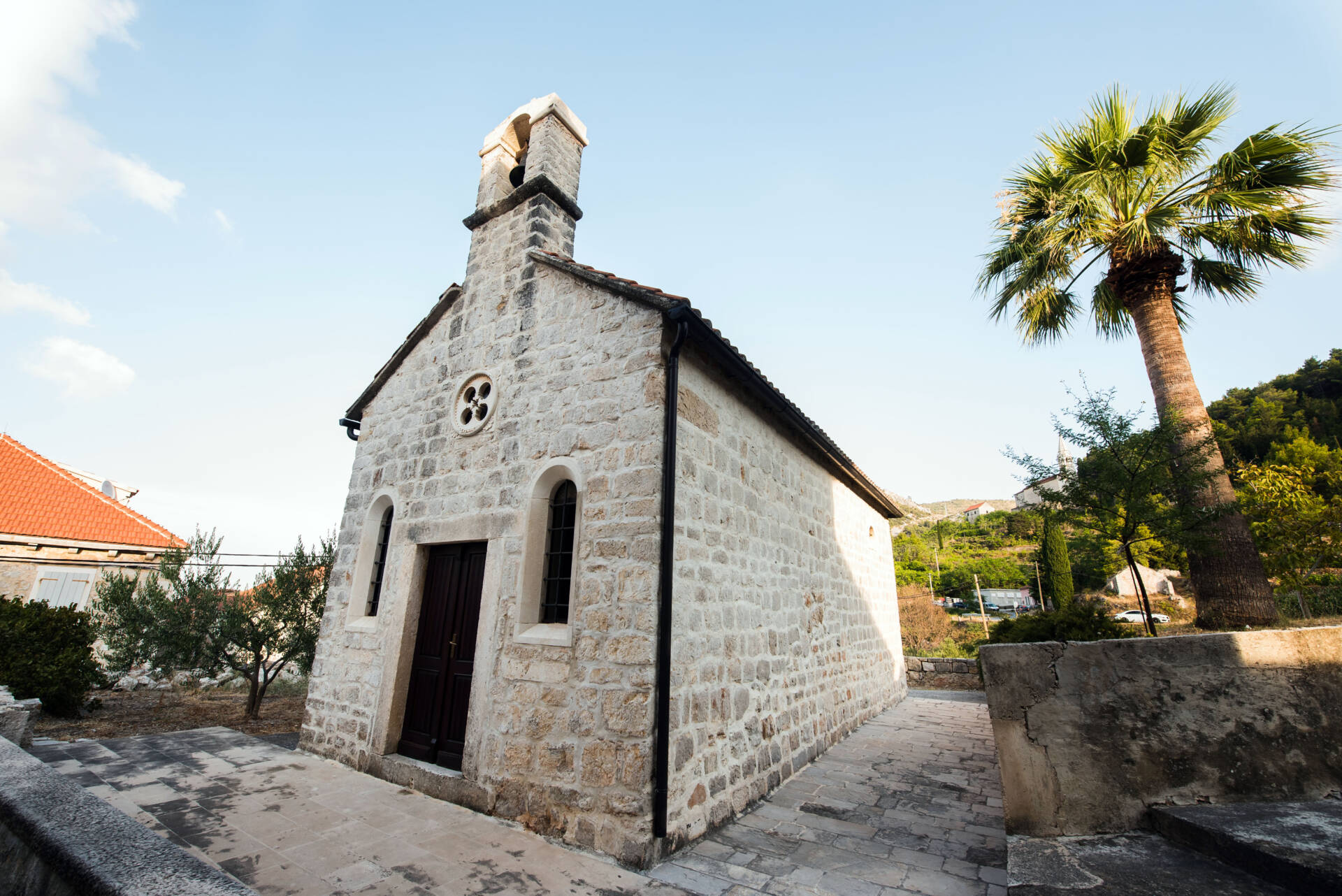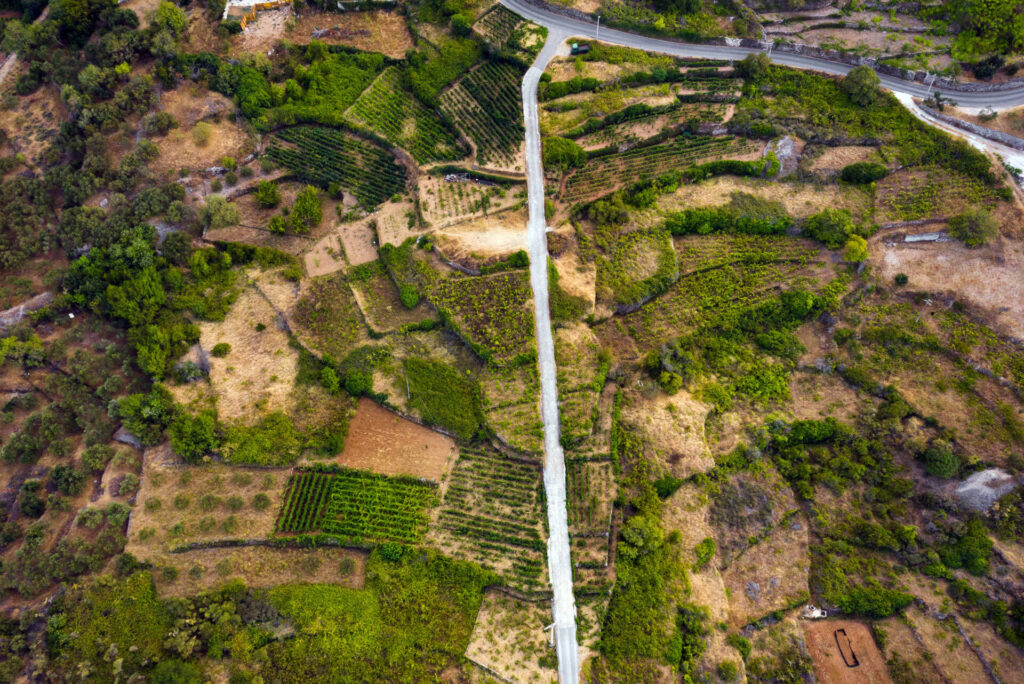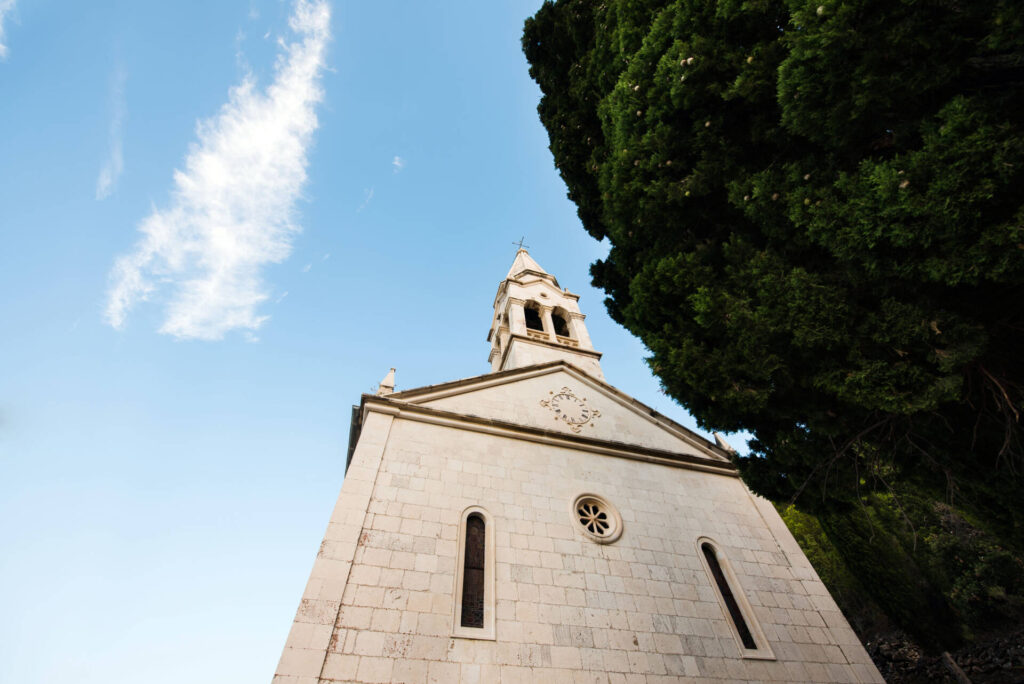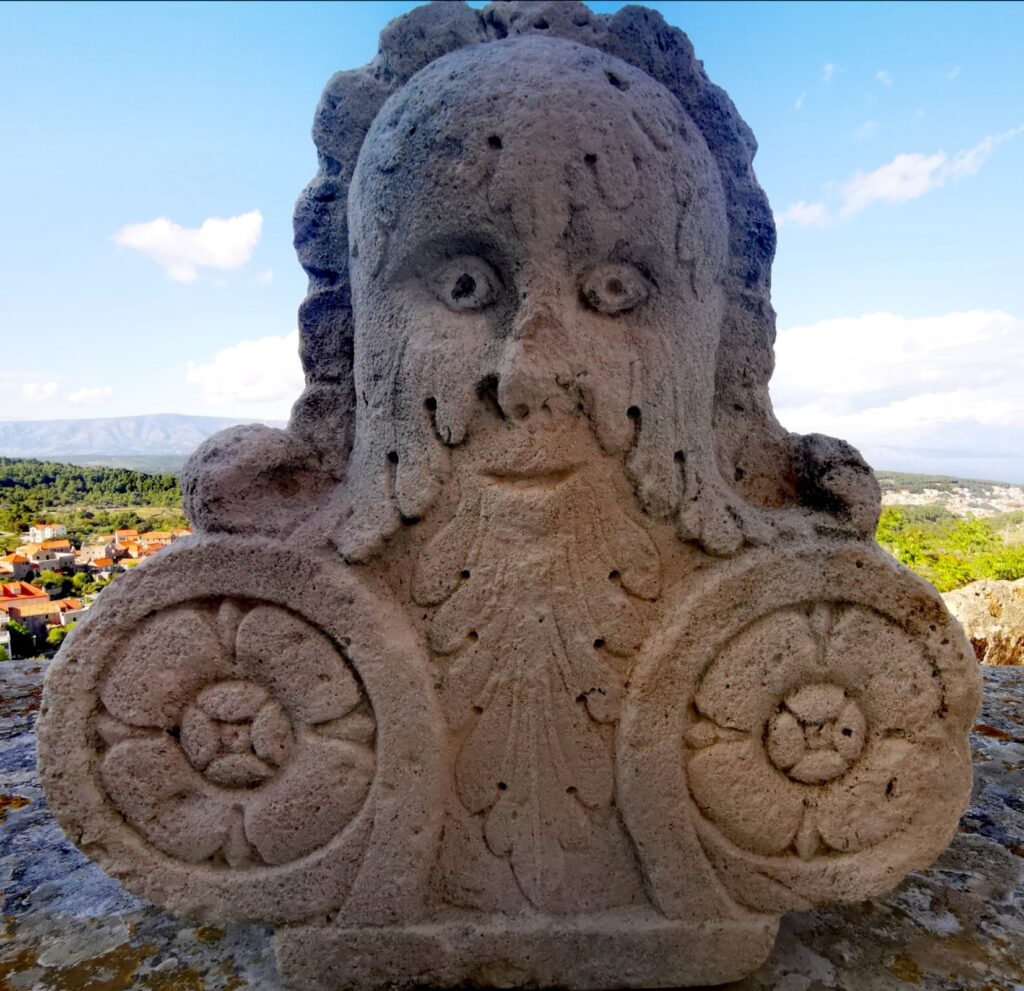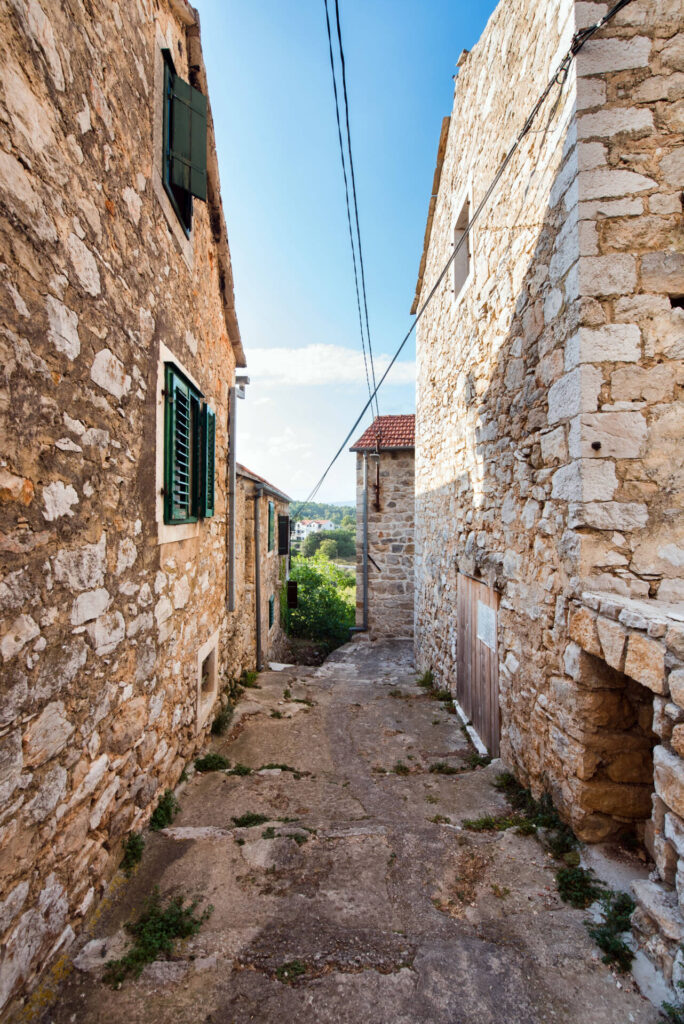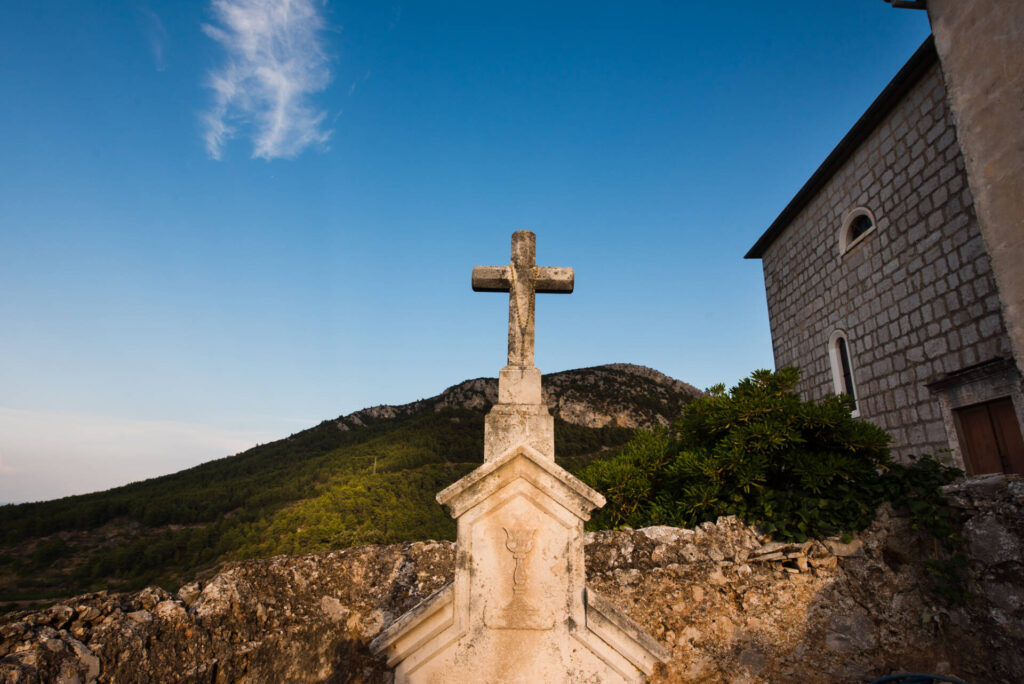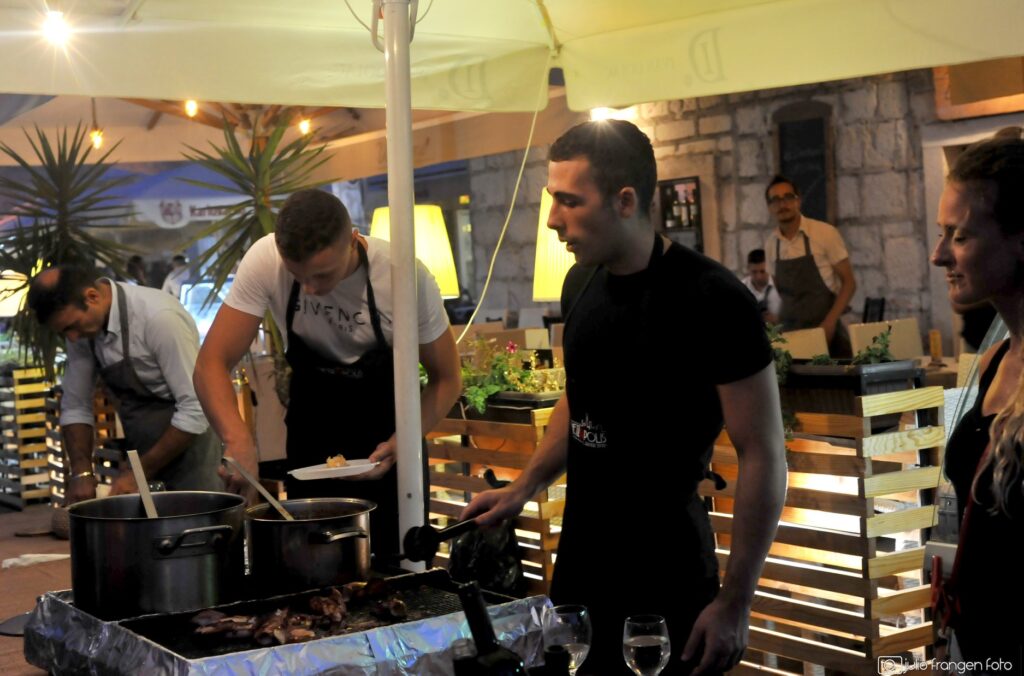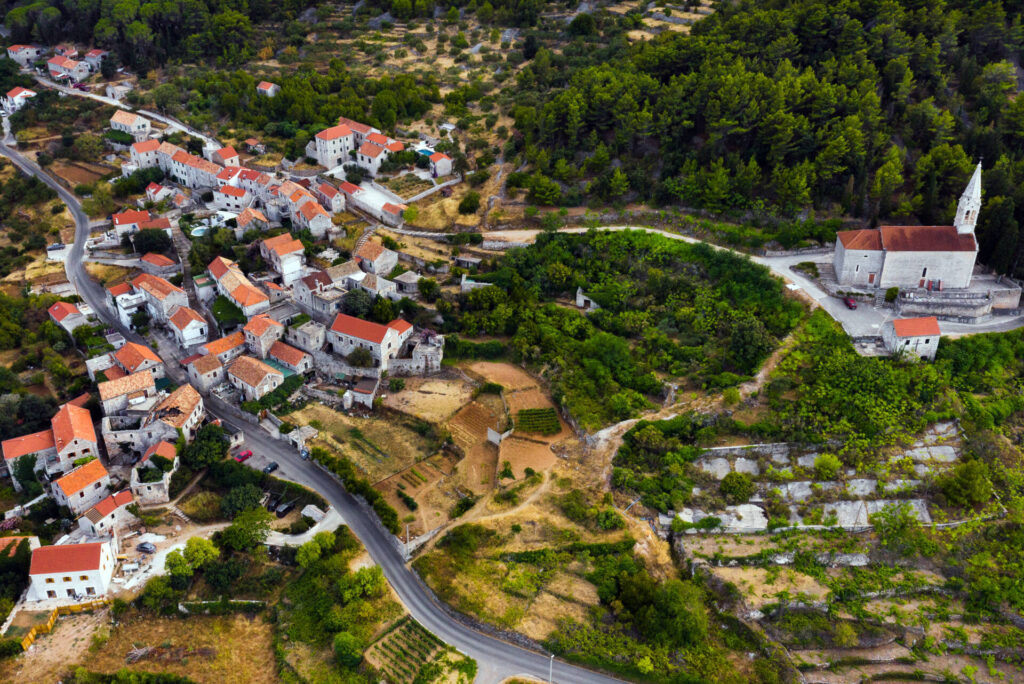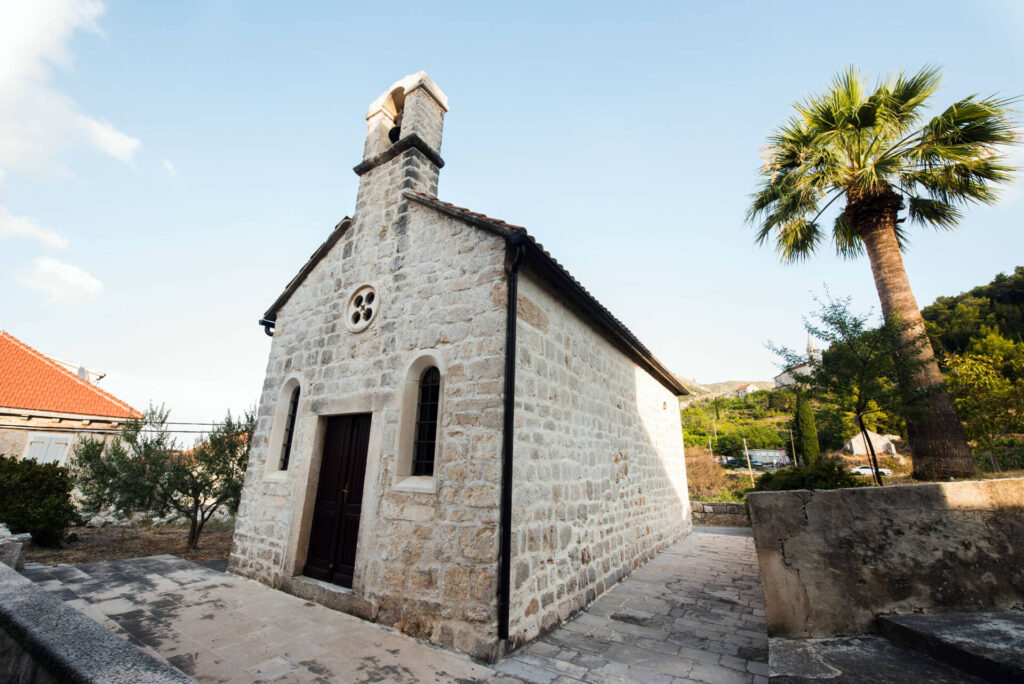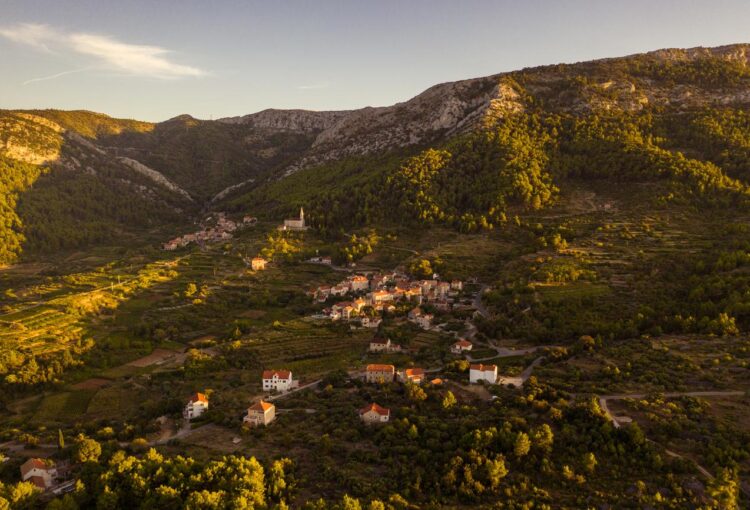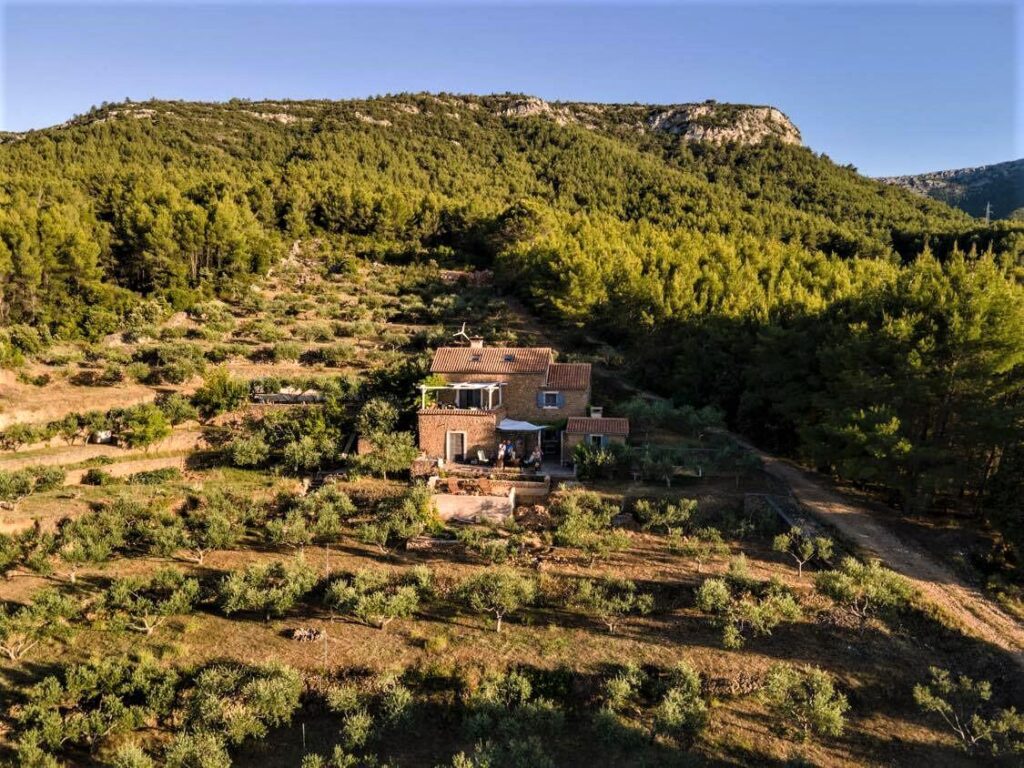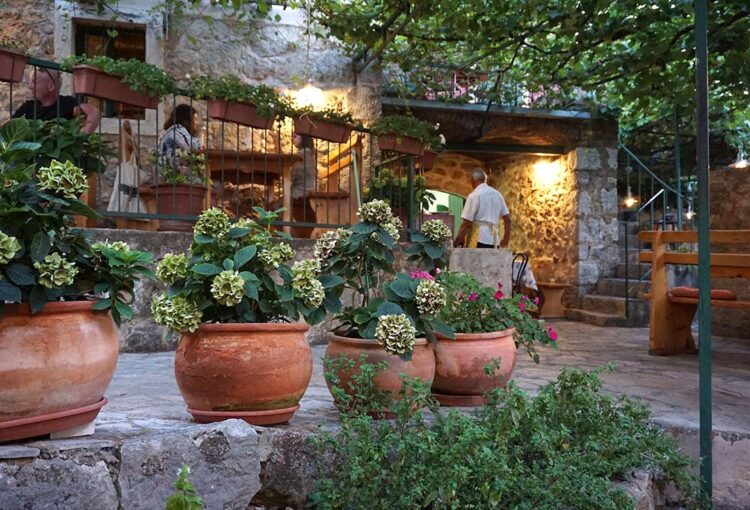The village of Pitve is located between Jelsa and the southern side of the island of Hvar. One of the oldest settlements on the island, Pitve consists of two parts, the so-called Lower and Upper Pitve, although some locals prefer the traditional names of ‘New’ and ‘Old’ Pitve (‘Nove Pitve‘ and ‘Stare Pitve‘) as registered in the older maps of the Cadastar. As in most Dalmatian settlements, stone houses predominate.
The village of Pitve is, along with Dol, the oldest settlement on the island, and lies at the entrance to the Vratnik gorge. The upper part of the village is the last settlement before the Pitve-Zavala tunnel which leads to the island’s south side. The old settlement was built along the gorge, and due to its defensive characteristics, it has preserved its continuity of existence since Illyrian times. Most visitors agree that Pitve has a special charm, a special soul.
The Pitve community is very small, but it holds its place as a proud member of the UNESCO-listed all-night Maundy Thursday Procession “Following the Cross”. Although many families have moved away from the village, there is never a shortage of candidates for the honour of being the Cross-Bearer, part of his entourage, or the singers of the ancient sacred chants.
The focal point of Pitve village life is the church of St. James and all the traditions of the liturgical year. The church itself is on a high point, offering splendid views down over the fields, Jelsa, Brač and the mainland beyond with its imposing Biokovo mountain range. In its courtyard is a bust of the two-faced Roman god Janus, guardian of doorways – although it is likely that the statue is a medieval artefact rather than Roman.
The fields around Pitve are mainly still under cultivation by local residents. There are vineyards and olive groves, many operating commercially as small businesses. For their own use, many people grow vegetables and some fruits. Scattered around the fields are fig, almond and cherry trees, which are harvested for personal consumption.
Folk festivals are traditional customs of most Dalmatian settlements, usually in honour of the local patron saint. In Pitve the patron saint is St. James the Apostle and every year on July 25th, his feast day, extensive celebrations are organized. The morning mass is concelebrated by anything up to 12 priests and a reliquary is carried in procession round the church. After the mass, the feasting begins. People gather for lunch or supper. Nowadays this is usually by invitation, but tradition holds that all comers are welcome, so no-one is turned away. Spontaneous harmony singing is a major part of the festivities. Later in the evening there is usually music and dancing on the Pjaca (Square) in Lower Pitve, organised by the local youth association ‘Mladež Pitava’.
How to get there:
Pitve is located near the main state road 116 that runs through the middle of the island of Hvar, from Sućuraj in the east to Hvar Town in the west. The village is signposted at one of the intersections near Jelsa. Coming from Hvar Town or Stari Grad you turn right, left from Sućuraj. The signpost ‘Pitve’ means you have reached Lower Pitve; for Upper Pitve you have to travel some way further, keeping straight on along the road. Landmarks are the parish church which is up to the right, and the graveyard which is down to the left, both reached by separate slip-roads.
What to see and visit:
St. James’ Church with its spectacular views.
St. Roch’s chapel (in Lower Pitve).
Ancient paths lead away from the village towards the neighbouring village of Vrisnik, over the hill towards Zavala, or along a ridge all the way to Humac.
There are also bike trails
Where to eat and drink:
Konoba ‘Dvor Duboković’
Special events:
Procession ‘Za križen’, Maundy Thursday
Feast of St. James, July 25th
Photo gallery
Photo gallery
Accommodation
Nothing found for your criteria.
Nothing found for your criteria.
Nothing found for your criteria.
Nothing found for your criteria.
Nothing found for your criteria.




